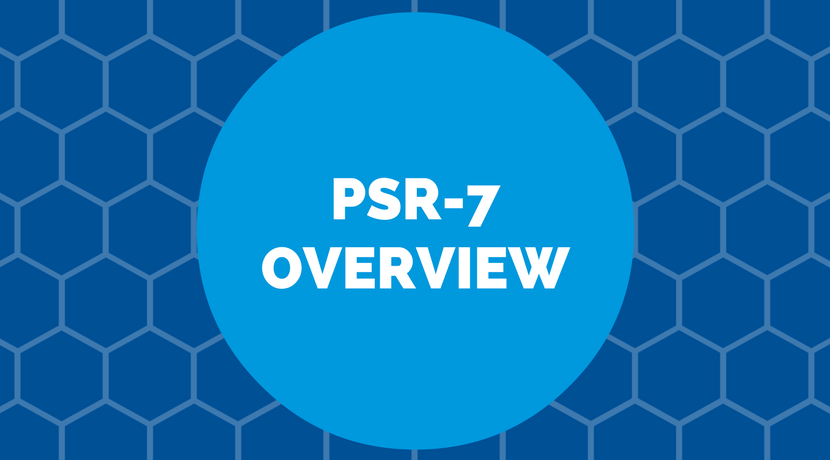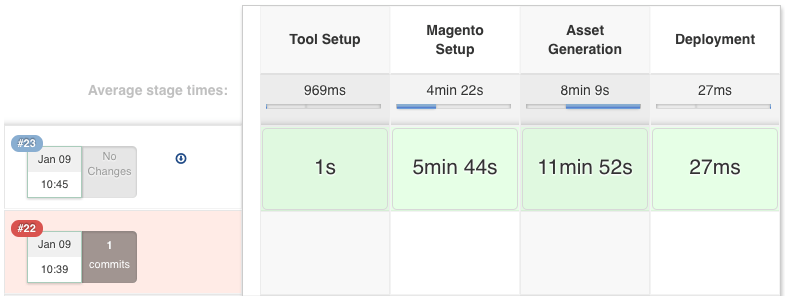PSR-7 Standard – Part 1 – Overview
This post is part of series: Part 1: Overview Part 2: Request and URI Part 3: Response Part 4: File Uploads Part 5: HTTP-Client Part 6: Server Request Part 7: Middleware Part 8: Usage in a Magento module This is the first post of my new PSR-7 series. If you already use PSR-7 in your daily life as programmer you can skip the first part of this post. What is PSR-7? PSR-7 is a standard defined by the PHP-FIG. It don’t like to repeat…


